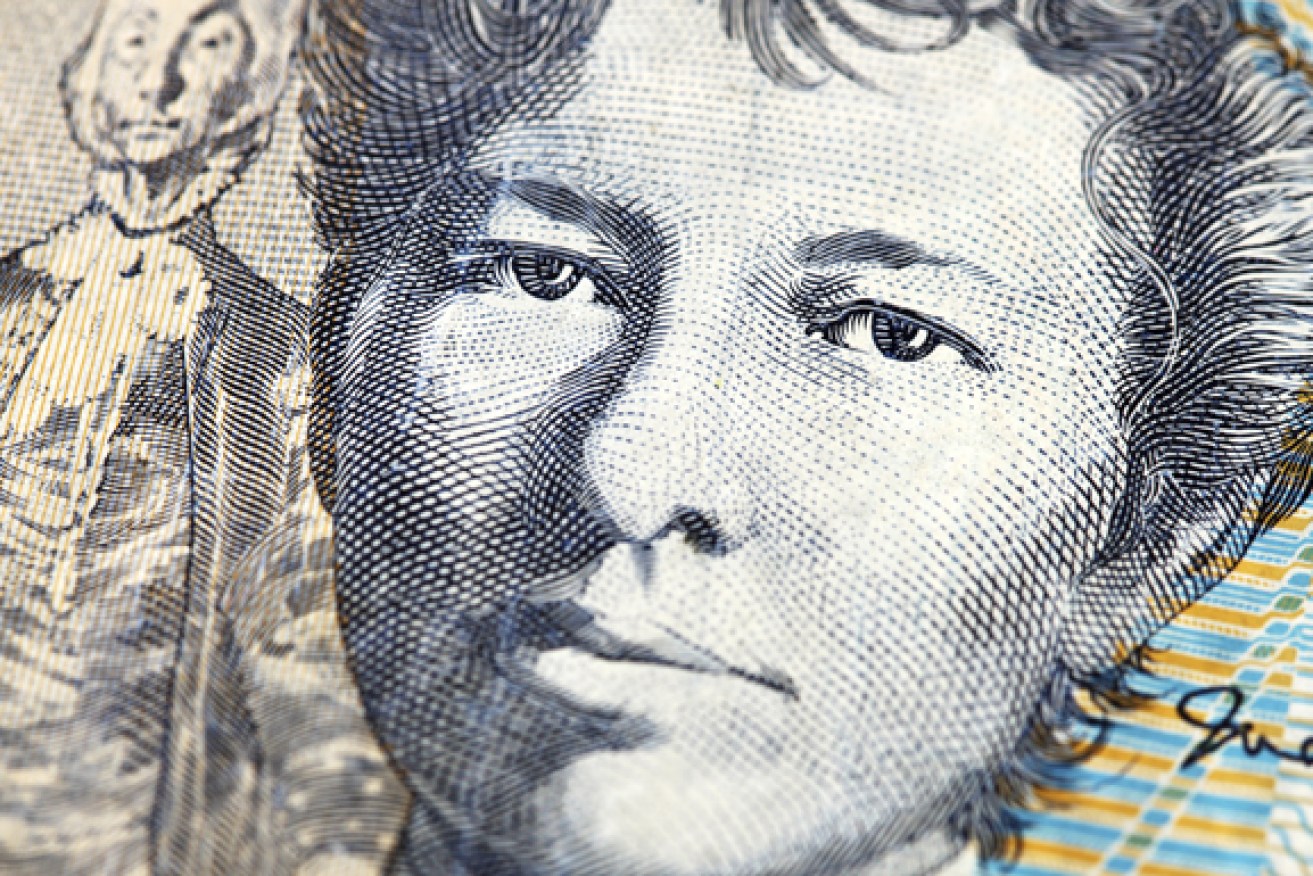Aussies don’t save enough for emergencies


Getty
One in three working Australians have less than $1000 in the bank for a rainy day, according to a financial fitness study commissioned by FinTech startup Map My Plan.
The survey of 1617 workers found that 10 per cent would plunge into debt if they lost their job, and that 30 per cent saved less than $100 a month.
“We have an incredibly low level of savings from people,” Map My Plan CEO Paul Feeney said.
• Your second car should be an e-bike
• Spotlight on dodgy investors
• Terror attack impacts Aussie sharemarket
Mr Feeney said having control over daily finances and the ability to absorb financial shocks, like losing a job or taking on additional expenses, were the keys to financial stability.
“If they don’t have those two things everything else they’ve got will just fall over,” he said.
“And a lot of people just can’t absorb the financial shock.”
The Map My Plan report found the average Australian’s rainy day nest egg could only last about three months and that more than half were worried about being able to afford retirement.
These findings accorded with a recent ME Bank report, which found the average Australian household was less prepared for financial shocks.
Average cash savings fell 9 per cent in the six months to June 2015, ME Bank reported. Because of this and a fall in income growth, the average household’s confidence to cope with loss of income fell 11 per cent in the same survey.
ME Bank money expert Luke Easton said having a ‘rainy day’ savings fund was important for peace of mind.
“Rainy day savings help you avoid debt to pay for unexpected emergencies like when important items need replacing like a fridge or car,” Mr Easton told The New Daily.
“Having rainy day savings gives you peace of mind that you’ll be okay should something happen.”
Mr Easton said the ideal emergency savings buffer would differ for each individual, but advised that Australians prepare for as long into the future as possible.
“At a minimum try to cover between one to three months of living expenses. The more the better.”
Building up their ‘rainy day’ fund ranked as Australians’ fourth savings priority, after paying off debt and mortgage and saving for a big purchase, according to ME Bank.
How to save
The key to saving is developing a habit, Mr Easton said.
“Developing a long-term savings habit is the key to saving so even a very small amount a week helps,” he said.
“Keep a record of your spending to understand what you can live on and what you could save.”
Here are some other simple ideas to get you started:
• Set a weekly or monthly budget and stick to it
• Keep a written or electronic record of monthly expenses
• Buy home brand when grocery shopping
• Use Uber instead of expensive taxis (but watch out for peak pricing)
• Cancel your rarely used gym membership
• Unplug and sell your second refrigerator
• Use the air conditioner less this summer
• Dry your clothes on the line rather than in the dryer
• Find a cheaper internet and phone plan
Read more ideas to save here and here.
-with Jackson Stiles and AAP










